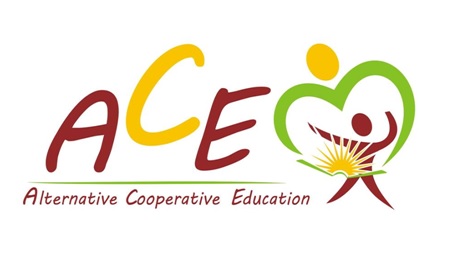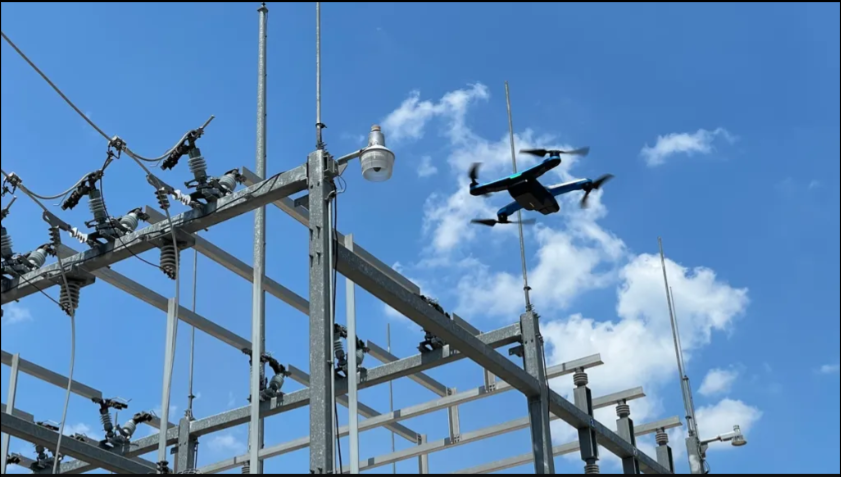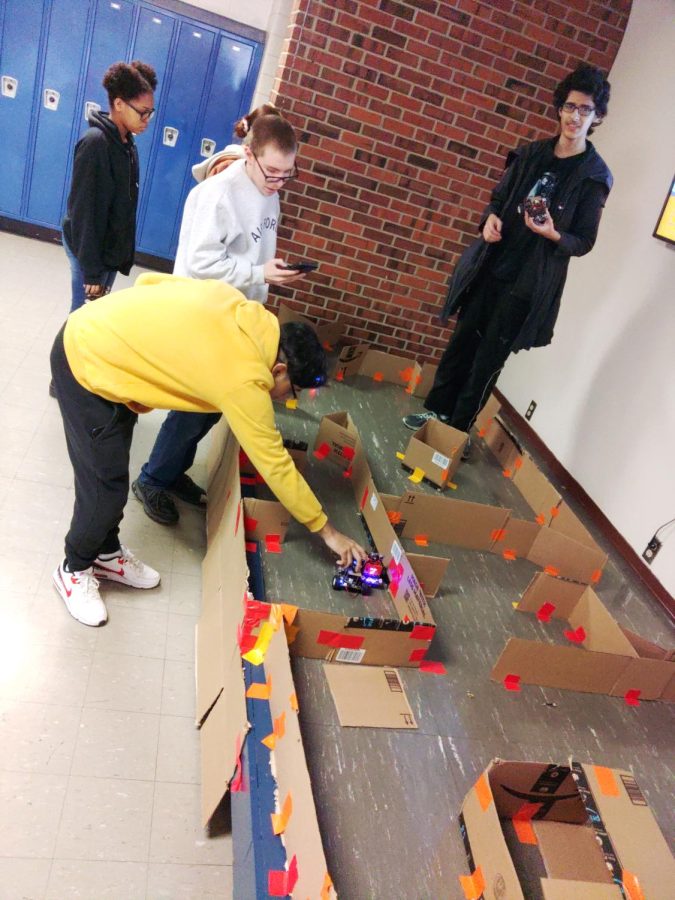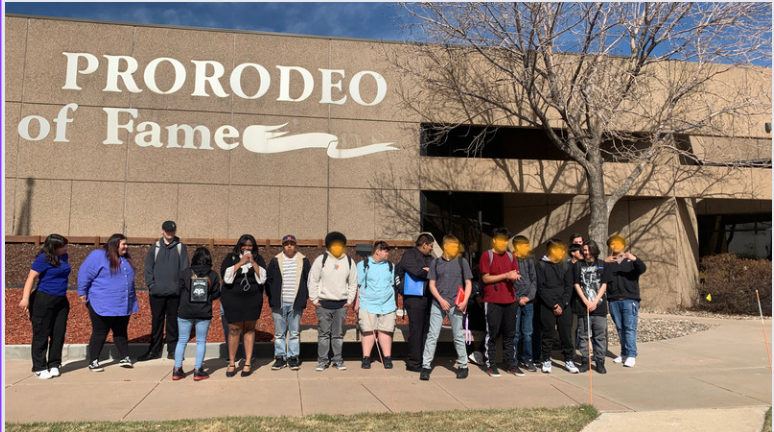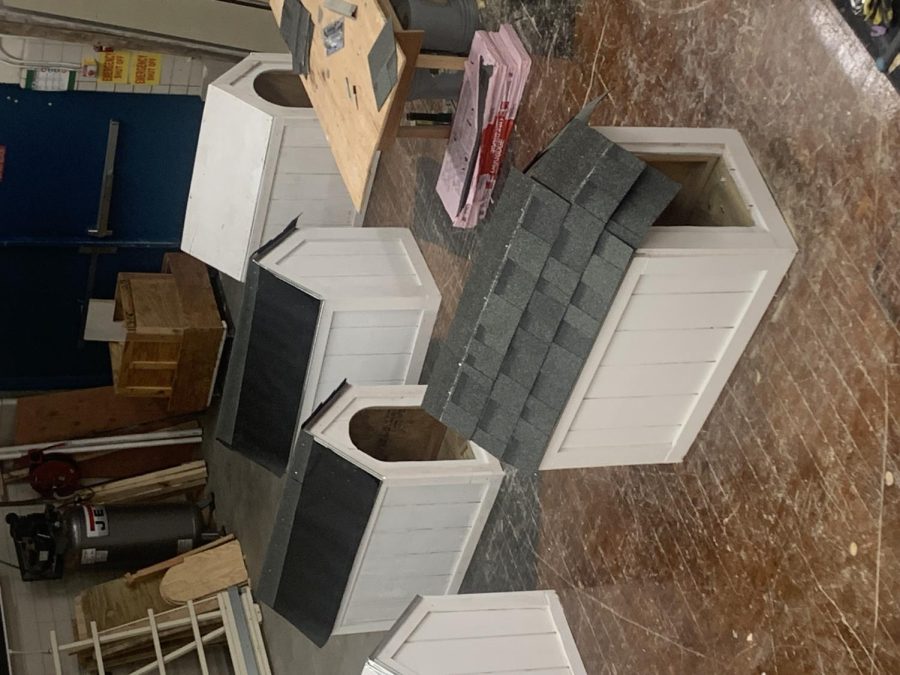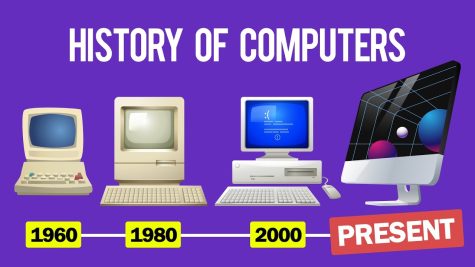Life without Technology – CSF1
February 10, 2023
We can not live without technology. Not at this point. So many of our basic needs are met and fulfilled through the use of technology, so giving it up now would be extremely harmful. But how harmful? In unit 3 of my Computer Science class, we were informed on how the internet is stored and transferred throughout the world. One example being the cables located underwater, which through the use of fiber optics, have made internet available around the globe. These cables send and receive information, and without them, large parts of the world would not be able to access the internet. This would actually be a threatening situation, as sharks would begin to bite these cables with no clear reason. Other things like earthquakes, volcanoes, and shipwrecks, could also be a threat to the large countries connected through these cables. So, while we are still a long way from being a technology filled world, technology and the internet is still a part of our daily life, and we must take care of it.
Just like animals in the wild who have their own ecosystem, humans also have an ecosystem that utilizes its own resources. Knowing how they work can help us improve them, and although we cannot see these methods often, we should be doing our best to understand them. They transfer data to and from different parts of the world, and allow us to access the biggest data base in the world. We not only need the internet, but these cables as well. Knowing how this impacts our lives and the way they function can help us appreciate and maintain them in good condition so we can continue to live our lives and hopefully improve them in the long-run. The way the system works is a little messy, but its reliable enough for you to connect with others online and even read this post right now. If it wasn’t for technology or the internet, life would be completely different.
 School District 11 is committed to a policy of nondiscrimination in relation to disability, need for special education services (whether actual or perceived), race, creed, color, sex, marital status, sexual orientation, transgender status, gender identity, gender expression, national origin, religion, ancestry, age, genetic information, or protected activity. Any harassment/discrimination of students and/or staff, based on the protected areas, will not be tolerated and must be brought to the immediate attention of the D11 nondiscrimination compliance/grievance coordinator.
School District 11 is committed to a policy of nondiscrimination in relation to disability, need for special education services (whether actual or perceived), race, creed, color, sex, marital status, sexual orientation, transgender status, gender identity, gender expression, national origin, religion, ancestry, age, genetic information, or protected activity. Any harassment/discrimination of students and/or staff, based on the protected areas, will not be tolerated and must be brought to the immediate attention of the D11 nondiscrimination compliance/grievance coordinator.
NONDISCRIMINATION COMPLIANCE COORDINATOR Katherine Ritchie Rapp, Equal Opportunity Programs and Ombudservices 711 East San Rafael Street, Colorado Springs, CO 80903-2599
E-MAIL: [email protected] Phone: 520-2271, FAX: 520-2442
